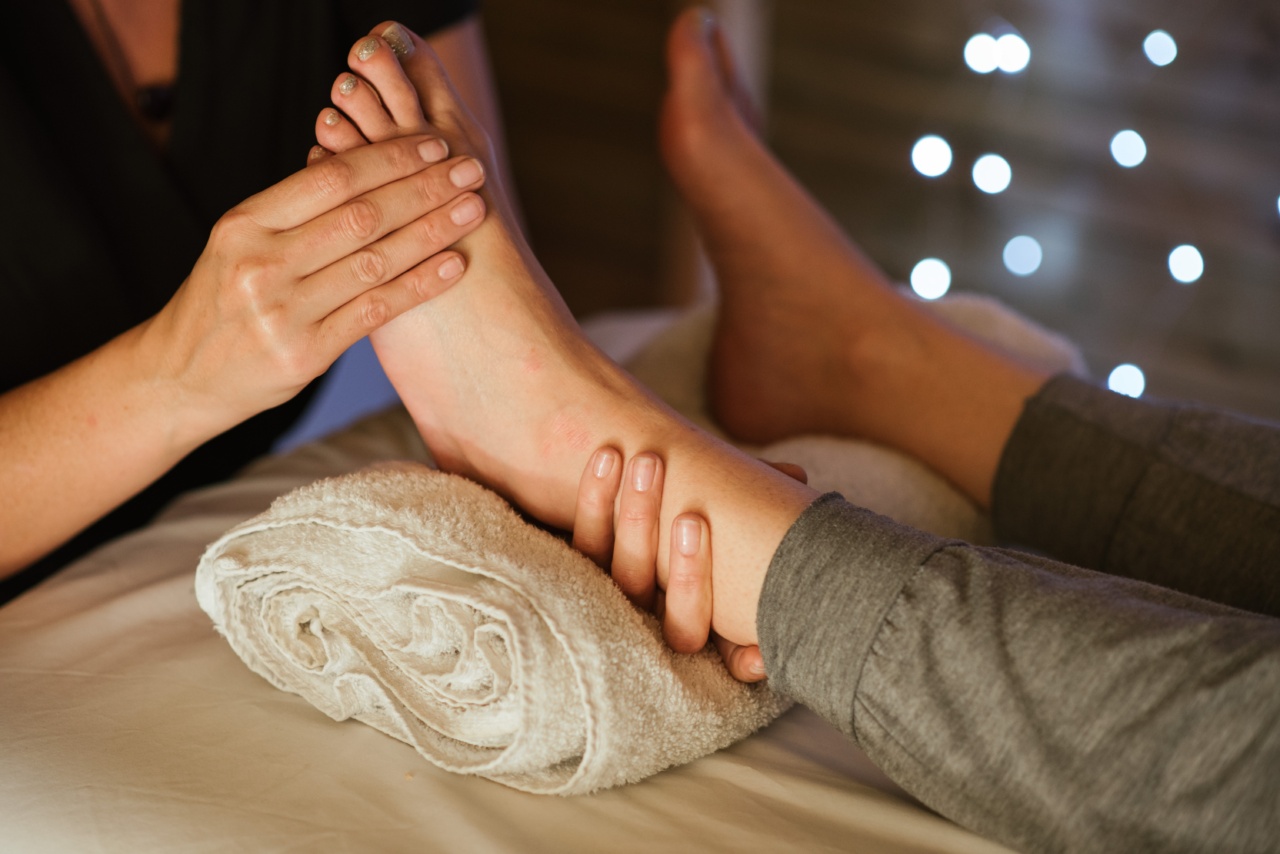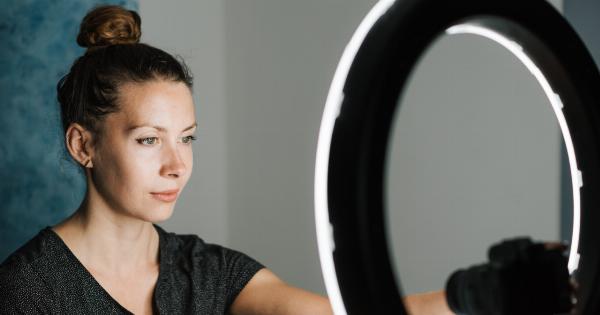Cardiac arrhythmia is a condition where there is an irregular heartbeat. The heart may beat too fast, too slow, or in an irregular pattern. This condition affects millions of people around the world and can be life-threatening.
Light therapy has shown promising results in correcting cardiac arrhythmia. This therapy involves exposing the body to light, usually blue or green light, for a specific period.
The light therapy works by resetting the body’s circadian rhythm, which plays a crucial role in regulating the heart’s electrical activity.
How does light therapy work?
Light therapy works by regulating the body’s internal clock, also known as the circadian rhythm. The circadian rhythm is responsible for regulating various biological processes, including the heart’s electrical activity.
By resetting the body’s internal clock, light therapy can help correct irregular heartbeat rhythms.
The circadian rhythm is primarily regulated by the body’s exposure to light.
When the body is exposed to light, the hypothalamus, located in the brain, signals the body to produce hormones such as cortisol, which regulates the body’s internal clock. However, when the body is not exposed to adequate light, the body’s circadian rhythm may become disrupted, leading to irregular heartbeats.
The effectiveness of light therapy in correcting cardiac arrhythmia
Several studies have shown the effectiveness of light therapy in correcting cardiac arrhythmia.
In a study published in the Journal of Clinical Sleep Medicine, researchers studied the effects of green light exposure in individuals with a history of atrial fibrillation, a type of arrhythmia. The study found that individuals exposed to green light had a shorter duration of atrial fibrillation than those who were not exposed to the light.
Another study published in the Journal of the American College of Cardiology found that blue light therapy was effective in reducing the frequency of ventricular arrhythmia in patients with implantable cardioverter-defibrillators.
The study showed that patients who received the light therapy had a 66% reduction in the frequency of their arrhythmia.
Light therapy as a non-invasive treatment option for cardiac arrhythmia
Light therapy is a non-invasive and safe treatment option for correcting cardiac arrhythmia. Unlike other treatments such as medication or surgery, light therapy does not involve any side effects, making it a more appealing option for many patients.
Light therapy also does not involve any invasive procedures, making it less risky than many other treatment options.
How to get started with light therapy for correcting cardiac arrhythmia?
If you are considering light therapy for correcting cardiac arrhythmia, it is essential to speak with your healthcare provider first.
Your healthcare provider will help determine if light therapy is a viable treatment option for you and will provide guidance on how to get started with the therapy.
If your healthcare provider recommends light therapy, they may refer you to a specialist who can guide you through the therapy process.
The therapy involves exposing the body to light for a specific period, and a specialist will guide you on the appropriate duration and frequency of the therapy.
Conclusion
Cardiac arrhythmia is a condition that affects millions of people worldwide. While there are several treatment options available, light therapy has gained popularity as a non-invasive and safe treatment option.
Studies have shown the effectiveness of light therapy in correcting irregular heartbeat rhythms. If you are considering light therapy, speak with your healthcare provider, who can provide guidance on whether it is a viable option for you.



























